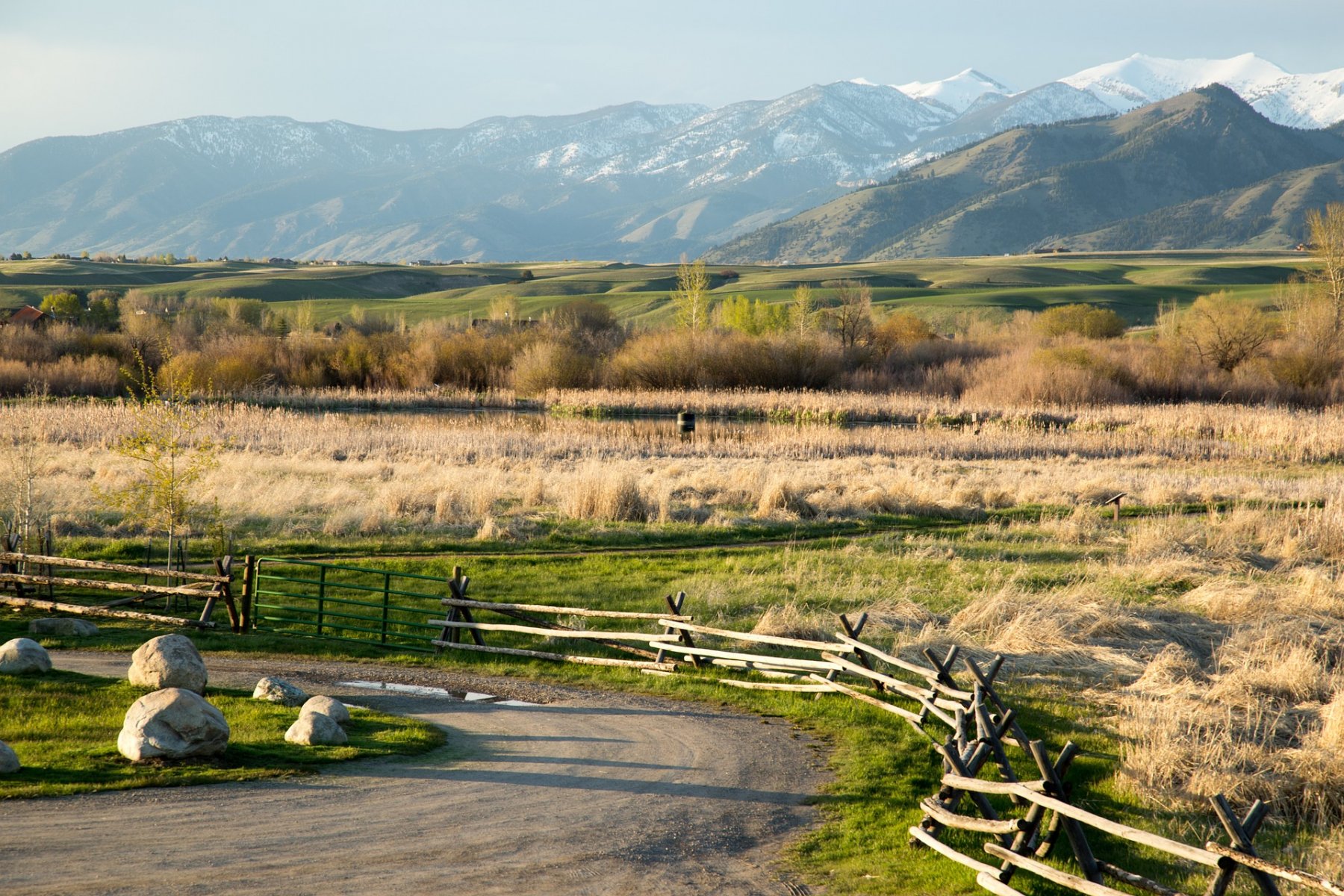Raw Land Investing | Why Raw Land Investing is a Great Idea
If you are interested in raw land investing but don’t know where to start, then you have come to the right place. It is a highly lucrative investment, and the options are limitless. New or seasoned investors can profit from investing in underdeveloped land with due diligence and hard work.
There is no shortage of property in the real estate industry, and it’s only a matter of where to find it and evaluate its potential to ensure you turn a profit on your investment. So, how do you invest in raw land, what are the risks, and how do you evaluate a potential property? Let’s find out!
What is raw land?
Start with the basics. What is raw land, and how is it different from other properties? Raw land is an underdeveloped or entirely untouched plot of land. The property is not cultivated, and the terrain is natural.
Raw land investing is about patience and a long-term financial strategy. The property is not generating income yet but is increasing in value. As time goes by, raw land will become scarce, and investors will reap the benefits in the future. They spend their time removing hazards and invasive plants to increase their value.
Will your raw land appreciate?
Raw land is an appreciating asset for a few reasons:
- Increasing demand: More investors entering the market and population increase can make raw land more desirable and profitable.
- Limited supply: Where is the land located? Raw land close to towns and cities is more profitable due to expansion, but there is a limited supply.
- Low-interest rates: As unemployment rates drop, interest rates remain low, and investors can hold onto their properties for longer, thus appreciating the asset.
What are the benefits of investing in raw land?
There will be risks and rewards that you should weigh with any investment deal. Factors to be considered include investment stability, profit generated from the investment, exit strategy, and weighing your options. In addition, doing proper research will determine your success in raw land investments. For example, what is the demand for housing? What are local economic conditions?
The advantages of raw land investing include the following:
- Purchasing raw land is easier than other real estate investments
- Low competition rates
- There are low maintenance costs
- Turn a significant profit on investment
- Property flexibility – you can choose to hold or build
- Ability to make passive income
Raw land investment risks to consider
While raw land investing has many incredible benefits, there are still some risks to consider before making your purchase. Firstly, zoning classifications can determine how landowners can use the land. For example, the property you own can be zoned as either residential, commercial, industrial, or agricultural. Sometimes a mix of them. So, if you have a raw land classified as residential but want to make it commercial, you will need to petition the town to get it re-classified, which is no easy feat. This will take time, resources, and money to accomplish. Another consideration is the raw lands’ access to utilities and how much the property taxes are.
Next, zoning restrictions. Are you allowed to build infrastructure on the raw property? Are there restrictions on the size, height, or placement of these infrastructures? Once again, your research must be thorough before purchasing the plot.
Lastly, there may be environmental issues. For example, the land could be in a flood zone, or the soil is unstable and hinders your or the future buyer’s ability to build infrastructure. Do your research and due diligence to ensure that the raw land is a profitable investment.
Evaluating raw land investments
Each raw land has different characteristics, and each one will need to be researched and evaluated with its unique strategy. Pay attention to the following before signing on that dotted line for your raw land investment:
- The location of the plot: Keep an eye out for plots of land where neighborhoods are expanding, large enough for developers to take notice, and affordability.
- Property zone: Determine how you can use the land. Is it residential or commercial? Rezoning a plot can be expensive and time-consuming, which could delay your investment plans.
- Utility availability: You will need to know if the land can be easily equipped with internet, water, and electricity. These resources can be easily added in rural areas instead of off-grid properties and affect your timeline.
- Property history: Who owned the land before you, and how long have they had it? It could mean potential problems with the plot or disputes over ownership.
- Surrounding area: Always hire a surveyor to inspect the land before purchasing. They will confirm the boundaries and determine risk factors and restrictions.
Is buying raw land a good investment?
Diving into a raw land investment is a great way for you to start a portfolio or expand on one. But is buying raw land a good investment for you? Ask yourself the following:
- Do you have the money, time, and resources to manage the risk?
- Is buying and holding land a feasible financial option that would work for you?
- Can you prioritize due diligence and research?
- Do you have a support system?
Ask yourself the right questions and brush up on real estate terminology. Do research and practice due diligence to ensure the raw land has a path to growth and profitability. The plot of land must meet your criteria, and if it doesn’t, can you afford the finances and time to bring it up to these standards?
The bottom line
Investing in land is by no means a “get rich quick” scheme. Instead, it takes a lot of perseverance, patience, and dedication to your investment. In addition, it is an investment that requires your effort to ensure you reap the rewards of your time and money.
Owning raw land leaves you with choices. Do you want to develop or hold? The longer you wait, the higher the land will appreciate and potentially earn passive income. Don’t miss out on the opportunity to start or diversify your portfolio with this low-risk investment.
We hope this was helpful to get you started! Please let us know if you have any questions.
Don’t forget to check out our properties HERE and join our VIP Program!


